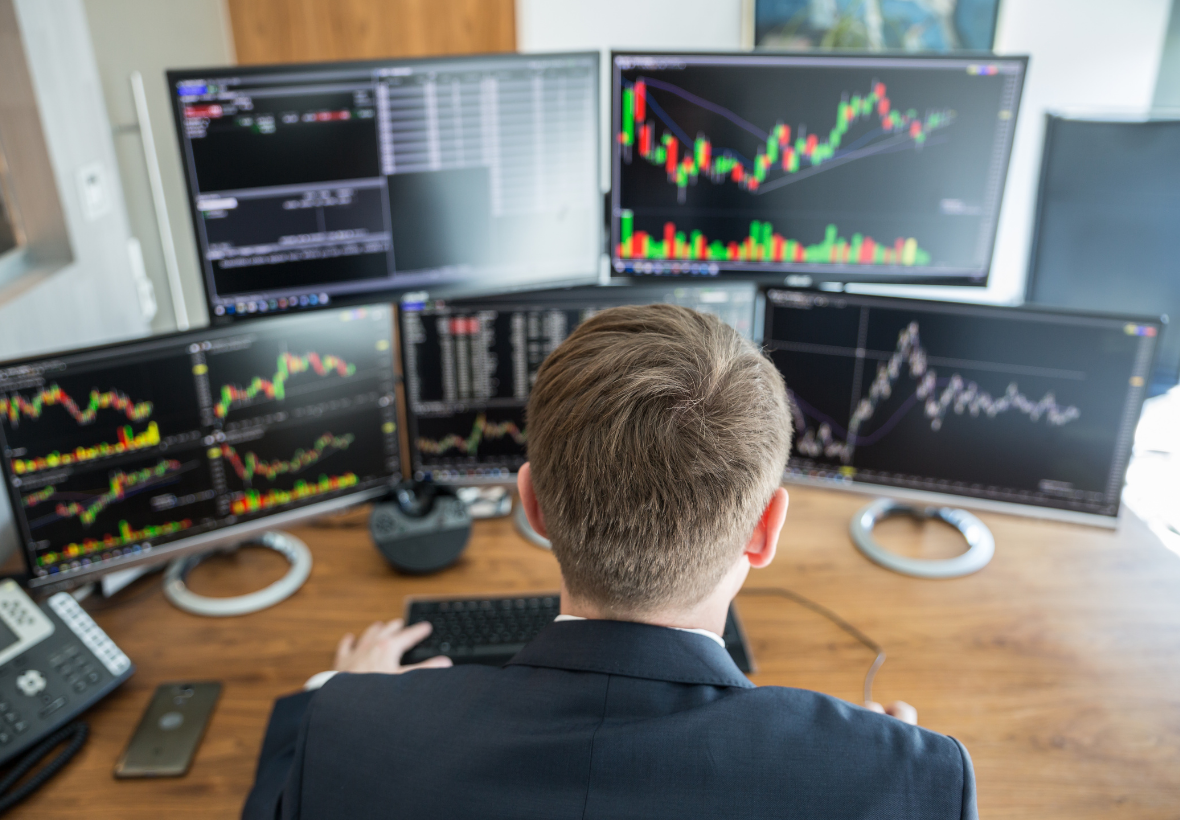Traders are constantly seeking new ways to gain a competitive edge. One of the most promising approaches is the use of deep learning techniques in developing advanced trading bots. These bots leverage the power of artificial intelligence and machine learning algorithms to analyze vast amounts of data and make informed trading decisions. We will explore the various applications of deep learning in developing trading bots and the advantages they offer to traders.
The Use of Deep Learning Techniques in Developing Advanced Trading Bots
Deep learning techniques, a subset of machine learning, have revolutionized the field of artificial intelligence. These techniques enable computers to learn from large datasets and make complex decisions based on patterns and correlations found in the data. When applied to the development of trading bots, deep learning algorithms can analyze market data, identify patterns, and predict future price movements with remarkable accuracy.
Benefits of Deep Learning in Trading Bots
The use of deep learning techniques in developing advanced trading bots offers several benefits to traders:
- Improved Decision Making: Deep learning algorithms can process vast amounts of data and extract meaningful insights that may not be apparent to human traders. This enables trading bots to make informed decisions based on historical data, market trends, and other relevant factors.
- Enhanced Speed and Efficiency: Trading bots powered by deep learning can execute trades in milliseconds, far faster than human traders. This speed advantage allows bots to take advantage of fleeting market opportunities and react to market changes with minimal delay.
- Emotion-Free Trading: Emotions can cloud judgment and lead to irrational trading decisions. Deep learning trading bots operate based on predefined rules and algorithms, eliminating the influence of emotions such as fear or greed. This leads to more consistent and disciplined trading strategies.
- 24/7 Market Monitoring: Deep learning trading bots can tirelessly monitor the markets round the clock, ensuring that no trading opportunity is missed. They can analyze multiple markets simultaneously, providing traders with a broader perspective and greater flexibility.
- Risk Management: Deep learning algorithms can assess market conditions and identify potential risks. Trading bots can be programmed to automatically implement risk management strategies, such as stop-loss orders, to protect against adverse market movements.
Deep Learning Techniques for Trading Bots
Several deep learning techniques have shown promise in developing advanced trading bots:
- Recurrent Neural Networks (RNN): RNNs are particularly effective in analyzing sequential data, making them suitable for analyzing time-series financial data. They can capture long-term dependencies and identify patterns that may impact future price movements.
- Convolutional Neural Networks (CNN): CNNs excel in analyzing visual data and have found applications in image recognition and natural language processing. In trading, CNNs can be used to analyze charts and identify chart patterns that are indicative of market trends.
- Generative Adversarial Networks (GAN): GANs consist of two neural networks, a generator and a discriminator, which work together to generate synthetic data that closely resembles real market data. This synthetic data can be used to augment training datasets and improve the performance of trading bots.
- Deep Reinforcement Learning (DRL): DRL combines deep learning with reinforcement learning, enabling trading bots to learn and adapt to changing market conditions through trial and error. Bots equipped with DRL can optimize trading strategies and maximize returns over time.
Frequently Asked Questions (FAQs)
Q: What are the key advantages of using deep learning techniques in developing advanced trading bots?
Deep learning techniques offer improved decision-making capabilities, enhanced speed and efficiency, emotion-free trading, 24/7 market monitoring, and effective risk management.
Q: Which deep learning techniques are commonly used in developing trading bots?
Some of the commonly used deep learning techniques for trading bots include recurrent neural networks (RNN), convolutional neural networks (CNN), generative adversarial networks (GAN), and deep reinforcement learning (DRL).
Q: How do deep learning trading bots mitigate risks?
Deep learning trading bots can implement risk management strategies, such as stop-loss orders, to protect against adverse market movements. They can assess market conditions and identify potential risks in real-time.
Q: Can deep learning trading bots outperform human traders?
Deep learning trading bots can process and analyze vast amounts of data much faster than humans, leading to potentially better-informed trading decisions. However, human expertise and intuition still play a crucial role in trading.
Q: Are there any limitations or risks associated with deep learning trading bots?
While deep learning trading bots offer numerous advantages, they are not without limitations and risks. They can be sensitive to changes in market conditions and may perform poorly during periods of extreme volatility or unforeseen events.
Q: How can traders integrate deep learning trading bots into their strategies?
Traders can integrate deep learning trading bots by setting up clear objectives and rules for the bots to follow. They can define parameters such as risk tolerance, desired returns, and specific market conditions under which the bots should execute trades.

